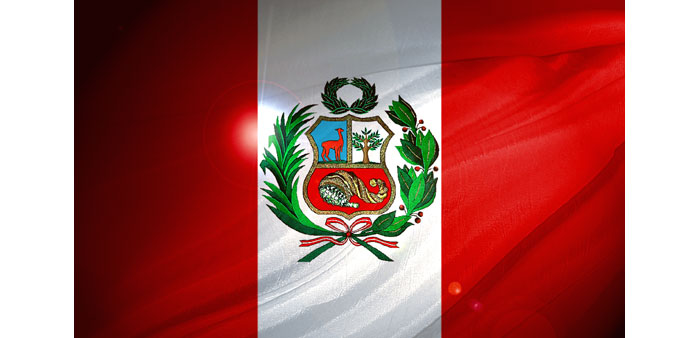Tribune News Service/Lima, Peru
A surge in air shipments of cocaine to Bolivia has prompted neighbouring Peru to consider resuming a policy of shooting down small aircraft suspected of ferrying the drug, authorities say.
That policy resulted in the 2001 shoot-down of a small aircraft, killing an American missionary and her daughter by mistake.
Peruvian National Police general Vicente Romero said in a recent interview that his government could decide in the next month whether to reinstate the policy of allowing Peruvian warplanes to shoot down small aircraft thought to be carrying Peruvian cocaine or coca paste to Bolivia or other countries.
Another high-level government source said Peru’s Congress is considering legislation that, if passed in the coming weeks, could give law enforcement greater power to intervene in suspected drug shipments by air, land or sea, including airplane shoot-downs. The source declined to be quoted because he is not authorised to speak to the media.
In the last five years, Bolivia has become a busy air hub for cocaine transport. US officials estimate that there are more than 500 illicit flights per year between the two Latin countries. Lax law enforcement has also led to traffickers’ using Bolivia to deliver drugs to neighbouring Brazil and Argentina, or on to Europe.
The policy shift would be in response to what Peruvian and international counternarcotics officials describe as a more active cocaine “air bridge” between Peru and Bolivia. Flights can number dozens of planes a day, carrying either Peruvian coca product to Bolivia, officials say.
However, the US government opposes a resumption of an aggressive shoot-down policy. The US played a critical and embarrassing intelligence role in the 2001 tragedy, in which missionary Roni Bowers and her infant daughter died after Peruvian authorities mistook the plane they were in for a drug flight. Her husband and son and the pilot survived the crash.
In its annual review of countries’ co-operation in the fight against global drug trafficking, the White House last fall said Bolivia “failed demonstrably” to make sufficient efforts to meet its obligations under international counternarcotics agreements.
The report was not a total condemnation, noting that Bolivia eradicated 25,000 acres of coca crops in 2014 and seized 23 metric tonnes of cocaine and coca paste. Coca leaves have been used by indigenous communities for chewing since pre-colonial times, and Bolivian law permits cultivation of up to 30,000 acres of coca for “cultural purposes.”
But Peruvian authorities describe the government of Bolivian President Evo Morales as unwilling or unable to stop the suspected drug flights. Drug planes typically take off from the eastern jungle region of Peru and land near Santa Cruz, Bolivia, where Mexican and Colombian drug traffickers openly operate, according to Peruvian and US officials.



